
Discover the Charm of Fatehganj in Vadodara
Experience the vibrant culture, rich history, and culinary delights of Fatehganj, a must-visit neighborhood in Vadodara, India.
Fatehganj, a bustling neighborhood in the heart of Vadodara, is a delightful blend of history, culture, and modernity. This area is renowned for its vibrant markets, diverse dining options, and historical landmarks. As you stroll through the streets of Fatehganj, you'll encounter a lively atmosphere filled with the sounds of daily life, the aroma of street food, and the sights of colorful shops. Fatehganj is home to several notable attractions, including the famous Kirti Mandir, a beautiful temple dedicated to the Gaekwad dynasty. History enthusiasts will appreciate the intricate architecture and the serene ambiance of this landmark. Nearby, the Maharaja Fateh Singh Museum offers a glimpse into the royal heritage of Vadodara, showcasing an impressive collection of art and artifacts. For food lovers, Fatehganj is a paradise. The neighborhood boasts a wide range of eateries, from traditional Indian restaurants serving delectable Gujarati thalis to contemporary cafes offering global cuisines. Don't miss the chance to savor local street food delicacies like pav bhaji, dhokla, and khandvi. Shopping in Fatehganj is a delightful experience with its array of shops selling everything from traditional handicrafts to modern fashion. The bustling markets are perfect for picking up souvenirs or simply enjoying a leisurely stroll. Whether you're a history buff, a foodie, or a shopaholic, Fatehganj has something to offer every visitor.
Local tips in Fatehganj
- Visit Kirti Mandir early in the morning to avoid crowds and enjoy a peaceful experience.
- Try the local street food in the evening when the vendors set up their stalls.
- Carry cash as many small shops and street vendors may not accept credit or debit cards.
- Wear comfortable shoes for walking as the markets and attractions are best explored on foot.
Discover the Charm of Fatehganj in Vadodara
Fatehganj, a bustling neighborhood in the heart of Vadodara, is a delightful blend of history, culture, and modernity. This area is renowned for its vibrant markets, diverse dining options, and historical landmarks. As you stroll through the streets of Fatehganj, you'll encounter a lively atmosphere filled with the sounds of daily life, the aroma of street food, and the sights of colorful shops. Fatehganj is home to several notable attractions, including the famous Kirti Mandir, a beautiful temple dedicated to the Gaekwad dynasty. History enthusiasts will appreciate the intricate architecture and the serene ambiance of this landmark. Nearby, the Maharaja Fateh Singh Museum offers a glimpse into the royal heritage of Vadodara, showcasing an impressive collection of art and artifacts. For food lovers, Fatehganj is a paradise. The neighborhood boasts a wide range of eateries, from traditional Indian restaurants serving delectable Gujarati thalis to contemporary cafes offering global cuisines. Don't miss the chance to savor local street food delicacies like pav bhaji, dhokla, and khandvi. Shopping in Fatehganj is a delightful experience with its array of shops selling everything from traditional handicrafts to modern fashion. The bustling markets are perfect for picking up souvenirs or simply enjoying a leisurely stroll. Whether you're a history buff, a foodie, or a shopaholic, Fatehganj has something to offer every visitor.
Iconic landmarks you can’t miss
Laxmi Vilas Palace
Explore the grandeur of Laxmi Vilas Palace, a stunning Indo-Saracenic architectural marvel and a historical landmark in Vadodara, Gujarat.
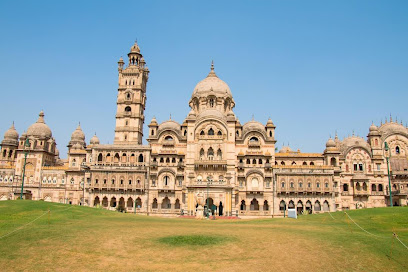
Kirti Stambh
Explore Kirti Stambh, Vadodara's iconic tower showcasing exquisite architecture and rich cultural heritage, perfect for every traveler's journey.
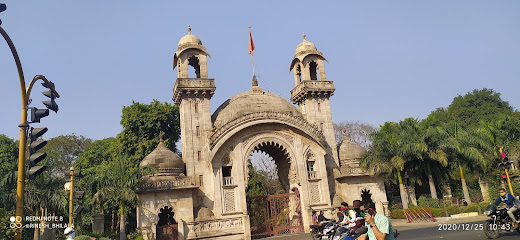
EME Temple
Experience the architectural beauty and spiritual serenity of EME Temple in Vadodara, Gujarat, a must-visit destination for travelers seeking cultural enrichment.
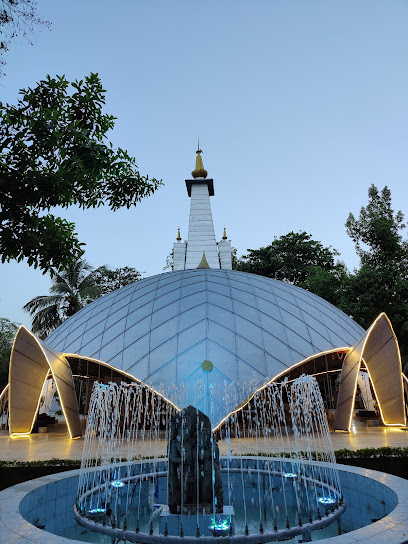
kirti mandir in vadodara
Explore Kirti Mandir in Vadodara, a majestic historical landmark that reflects Gujarat's rich heritage and architectural grandeur.

Bull Circle
Bull Circle: A vibrant historical landmark in Vadodara, embodying the cultural essence of Gujarat with lush surroundings and local activities.
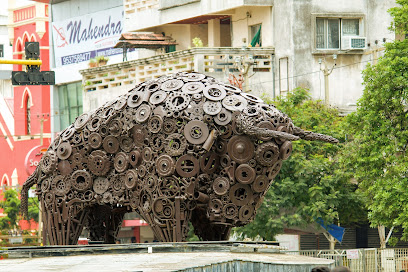
Band Stand
Experience the serene beauty of Band Stand in Sayaji Baug, Vadodara - a perfect blend of nature and art.
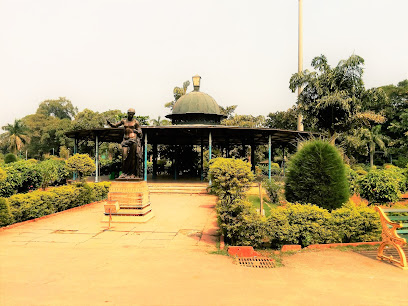
Tambekar Wada
Explore the intricate architecture and vibrant history of Tambekar Wada in Vadodara, a must-visit historical site for culture enthusiasts.
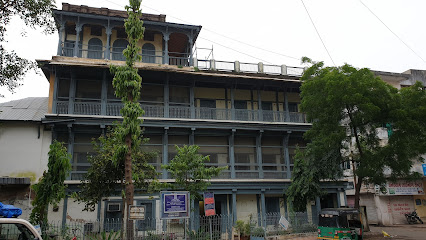
Scary House
Dive into the eerie world of the Scary House in Vadodara, where local legends come to life in a thrilling haunted house experience.
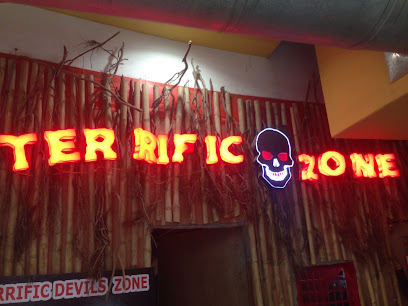
EME Tank Monument
Explore the EME Tank Monument in Vadodara, a unique historical landmark honoring the Indian Army's engineering corps amidst serene gardens.
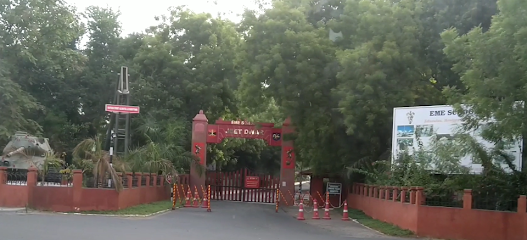
Eagle Circle
Discover Eagle Circle, a historical landmark in Vadodara, where rich heritage meets stunning architecture in a serene setting.
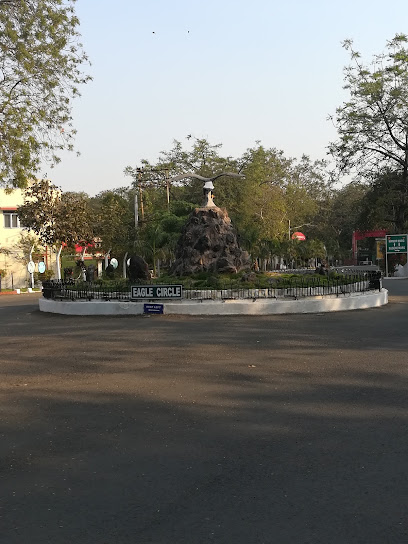
Freedom Park
Discover the peaceful beauty of Freedom Park, a serene escape in Vadodara, perfect for relaxation, picnics, and enjoying nature's bounty.
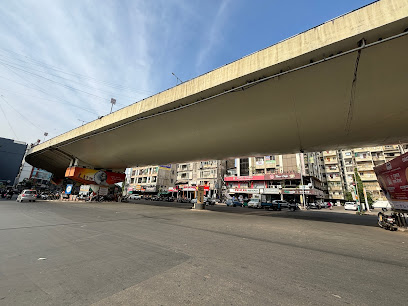
Fatehgunj Flyover
Explore the Fatehgunj Flyover in Vadodara, a stunning blend of modern engineering and urban beauty, perfect for photography and exploration.
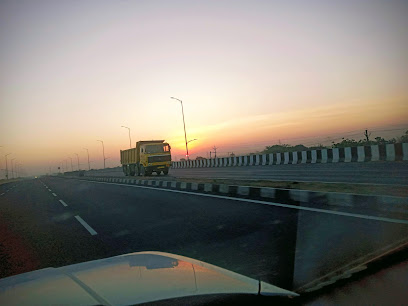
Unmissable attractions to see
Baroda Museum & Picture Gallery
Explore the artistic and historical wonders of the Baroda Museum & Picture Gallery, a cultural gem in Vadodara, Gujarat that captivates visitors with its diverse collections.

Sayaji Garden
Explore the lush landscapes and family-friendly attractions at Sayaji Garden, Vadodara’s tranquil urban retreat with a rich historical background.

kirti mandir in vadodara
Explore Kirti Mandir in Vadodara, a historical landmark that celebrates India's rich heritage and artistic brilliance with its stunning architecture and serene atmosphere.
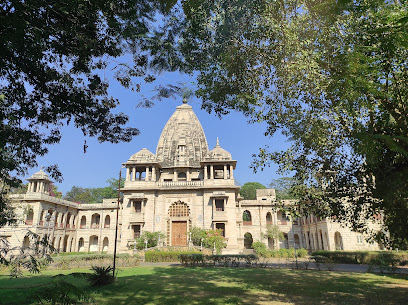
Bull Circle
Discover the vibrant atmosphere of Bull Circle, a historical landmark in Vadodara that blends local culture with modern charm.
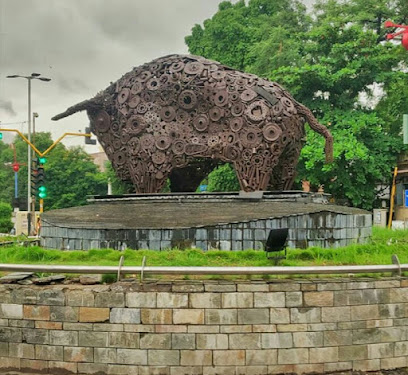
Tambekar Wada
Explore the architectural marvel of Tambekar Wada, a historical treasure in Vadodara showcasing intricate designs and rich cultural heritage.
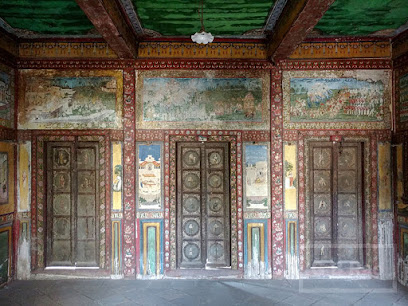
Essential places to dine
Udupi Restaurant
Discover the rich flavors of South Indian cuisine at Udupi Restaurant in Vadodara – a vegetarian haven for food lovers.
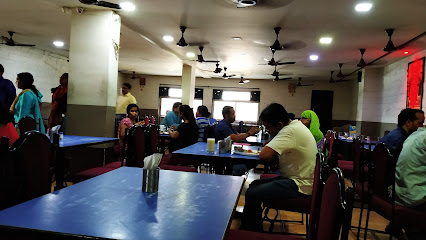
New Alka Restaurant
Discover the flavors of China and Punjab at New Alka Restaurant in Vadodara - A family-friendly dining gem offering delicious vegetarian options.
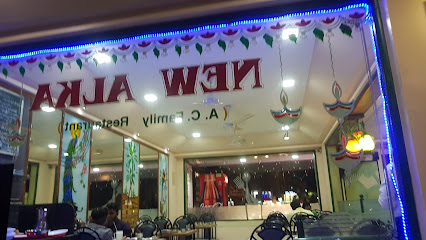
Rangoli Restaurant & Banquets
Experience family-friendly dining at Rangoli Restaurant & Banquets in Vadodara, where delicious cuisine meets inviting ambiance.
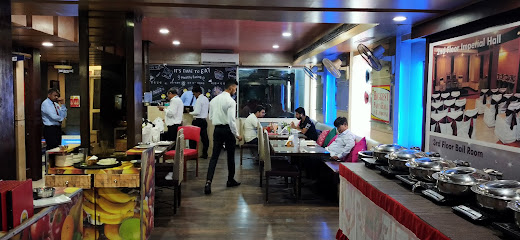
Times Cafe
Discover the vibrant flavors of vegetarian cuisine at Times Cafe in Vadodara—where every sip and bite tells a story.
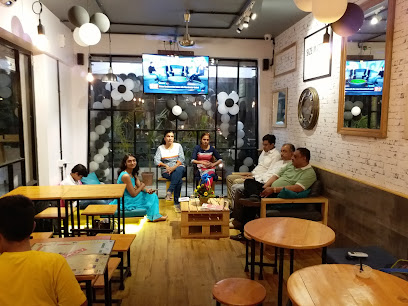
Millennium Restaurant
Discover the essence of Indian cuisine at Millennium Restaurant in Vadodara – where every dish tells a story and every bite is a celebration.
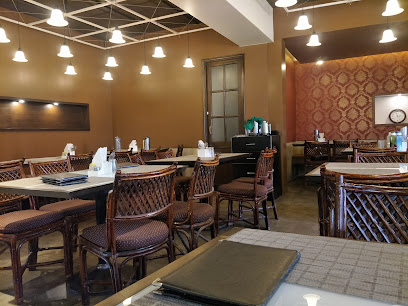
SAHYOG RESTAURANT & BANQUET (FATEHGUNJ VADODARA)
Discover authentic vegetarian Indian cuisine at Sahyog Restaurant & Banquet in Vadodara, where every meal is a celebration of flavor.
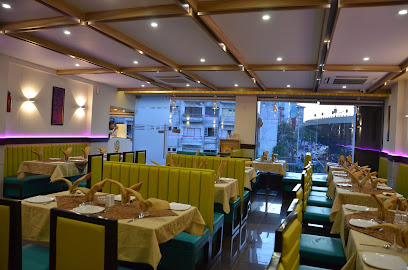
Cheelizza India Ka Pizza
Savor the best pizzas in Vadodara at Cheelizza India Ka Pizza – where tradition meets innovation!
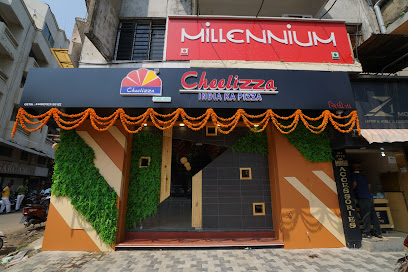
Bhagyodaya Restaurant Paneer Chinese
Experience the best of Indian and Chinese vegetarian cuisine at Bhagyodaya Restaurant in Vadodara.
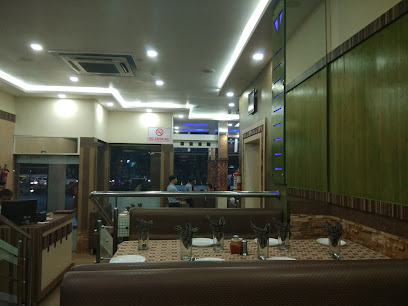
Aangan Restaurant and Cafeteria
Discover the flavors of Punjab at Aangan Restaurant in Vadodara - where diverse cuisines meet delightful dining experiences.
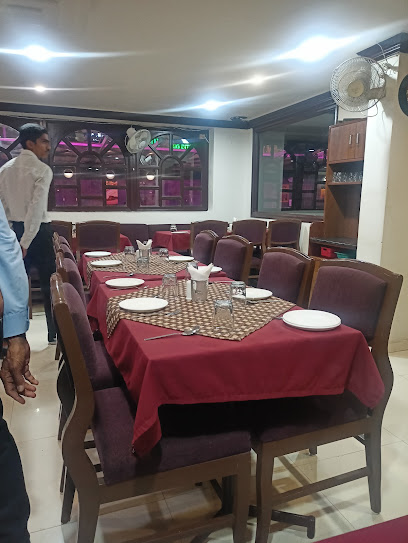
Cafe Royal Restaurant
Discover the exquisite flavors of Chinese and Punjabi cuisine at Cafe Royal Restaurant in Vadodara's Fatehgunj area.
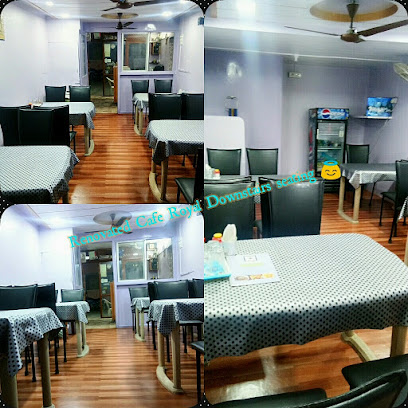
Markets, malls and hidden boutiques
Fastrack store
Explore the Fastrack Store in Vadodara for trendy watches, stylish bags, luxurious perfumes, and chic sunglasses all under one roof.
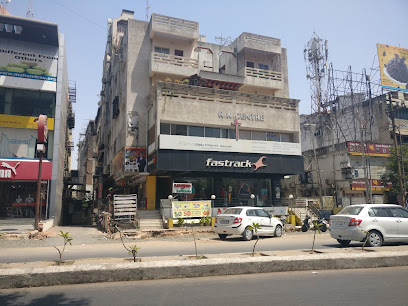
Gurukrupa Gifts & Toys - Best Toy Shop, Gift Shop, Toy Shop, Toy Shop Near Me, Gift Shop Near Me
Explore Gurukrupa Gifts & Toys in Vadodara for an unforgettable shopping experience with unique gifts and toys for all ages.
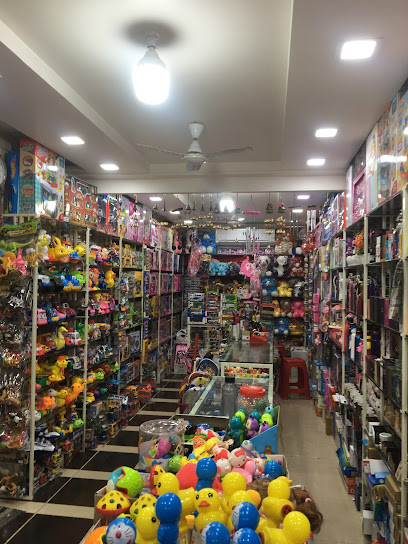
GIFTS FOR U | Best Gift Shop in Vadodara| Corporate Gifts in Vadodara
Explore a treasure trove of unique gifts at GIFTS FOR U in Vadodara – your go-to shop for corporate gifts and handcrafted treasures.
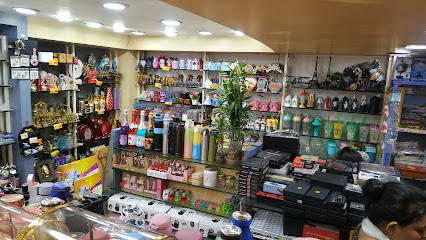
Glow Fashion
Explore the latest trends in Western fashion at Glow Fashion, Vadodara’s go-to boutique for stylish apparel and exceptional service.
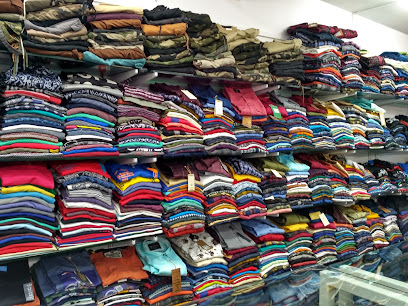
FORTUNE GIFTING PALACE (FGP )
Explore a treasure trove of authentic Indian gifts at Fortune Gifting Palace, Vadodara's premier destination for unique souvenirs and handcrafted treasures.
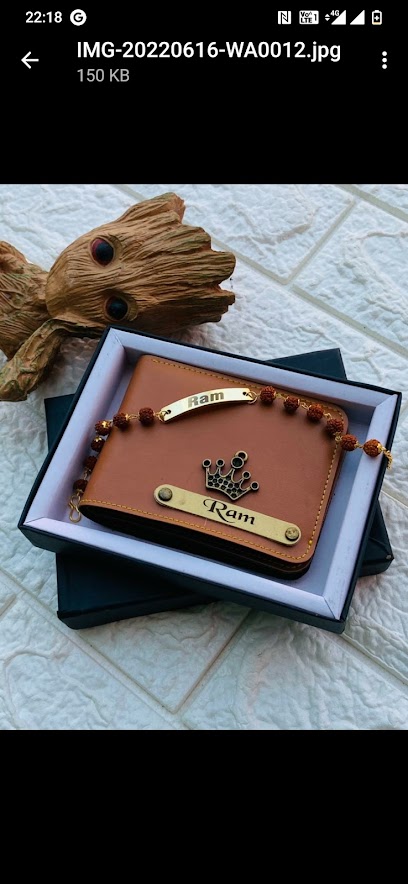
Baroda Variety Shop
Explore an eclectic selection of unique gifts and antiques at Baroda Variety Shop, a must-visit destination in Vadodara for every traveler.
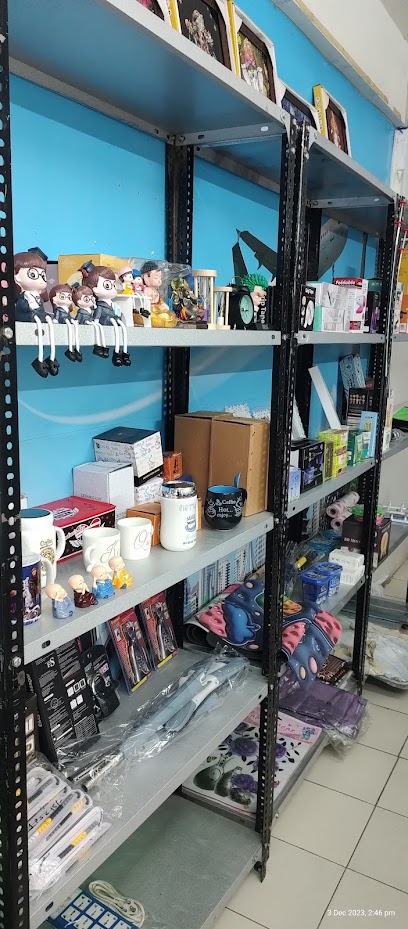
Shop Now
Explore Vadodara's chic clothing store offering a stylish selection of contemporary and traditional apparel for every fashion lover.
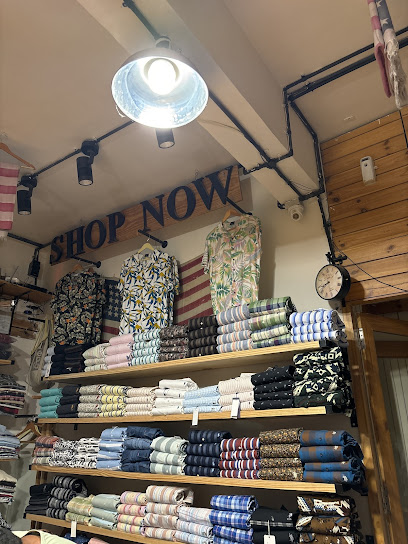
Gift World
Discover unique gifts and souvenirs at Gift World in Vadodara's 7 Seas Mall, a perfect blend of culture and creativity in every corner.
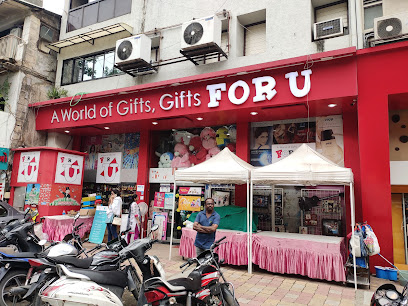
Vintage House Wear
Explore the vibrant world of fashion at Vintage House Wear, Vadodara’s premier clothing store showcasing unique designs and local craftsmanship.
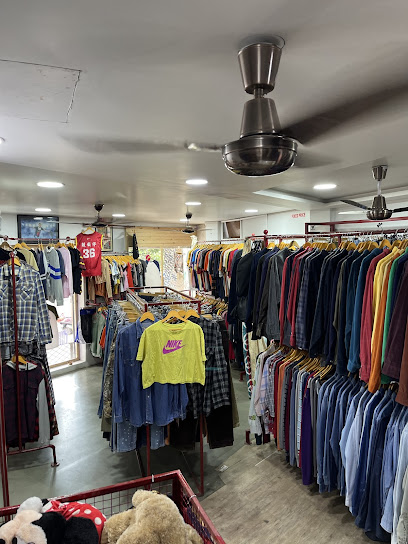
Elegant Fashion Corner
Elevate your style at Elegant Fashion Corner, Vadodara’s premier destination for cosmetics, bags, and accessories, blending quality with elegance.

CRAFT GIFTS INDIA - Handmade crafts gifts
Explore Craft Gifts India in Vadodara for exquisite handmade crafts and unique gifts that reflect the essence of Indian artistry.
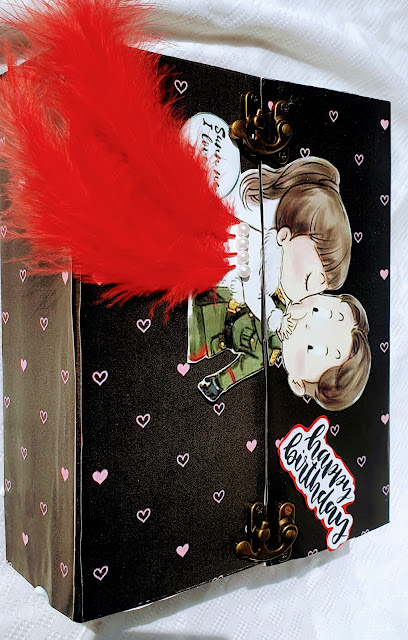
Graffitic
Explore Graffitic in Vadodara for trendy men's clothing that blends modern styles with local craftsmanship, perfect for the contemporary man.

DEVANG STORES AND PAN
Experience authentic Vadodara at Devang Stores and Pan - a local gem for snacks, souvenirs, and cultural immersion.
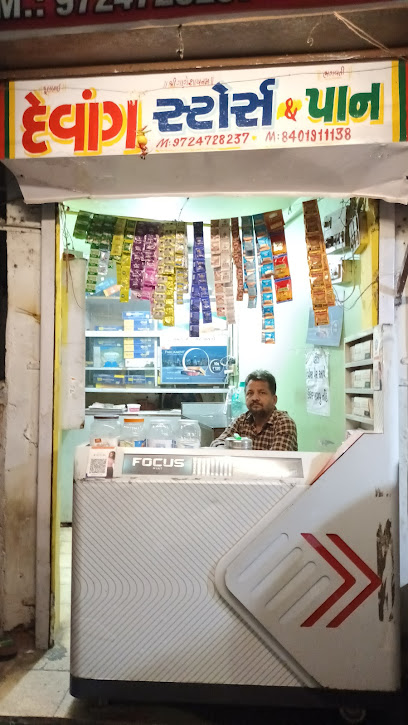
Sanjay Creation
Discover unique fashion at Sanjay Creation, a boutique in Vadodara offering traditional and contemporary garments that reflect Gujarat's vibrant culture.

Essential bars & hidden hideouts
The Brewery.
Experience the finest craft beers and gourmet cuisine at The Brewery, Vadodara's premier brewpub in a vibrant setting.
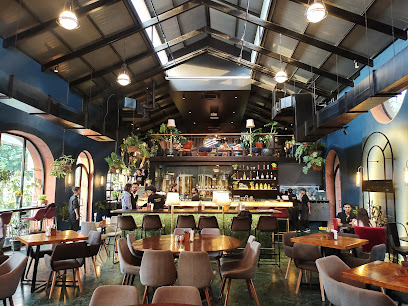
New Alka Restaurant
Explore the flavors of Vadodara at New Alka Restaurant, a family-friendly venue offering delightful Chinese and Punjabi dishes.
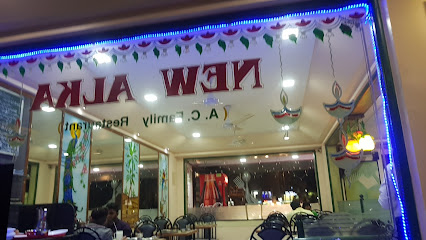
Times Cafe
Experience the perfect blend of coffee shop charm and vegetarian delights at Times Cafe in Vadodara, a must-visit for every traveler.
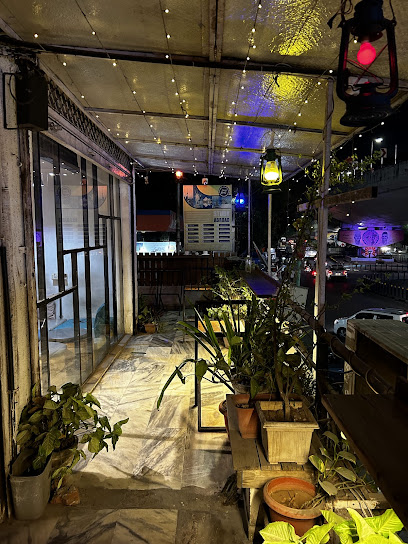
CENTRAL JAIL café
Discover the unique CENTRAL JAIL Café in Vadodara, where delicious vegetarian fast food meets a quirky ambiance, perfect for every traveler.
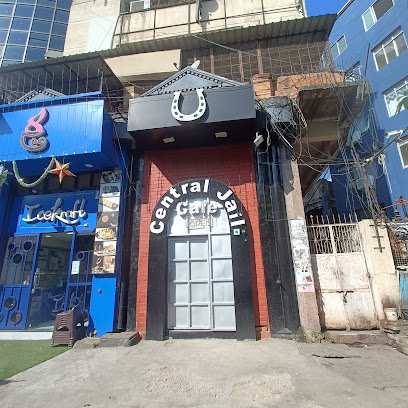
SAHYOG RESTAURANT & BANQUET (FATEHGUNJ VADODARA)
Discover the flavors of India at Sahygog Restaurant & Banquet, where culinary excellence meets warm hospitality in Vadodara.
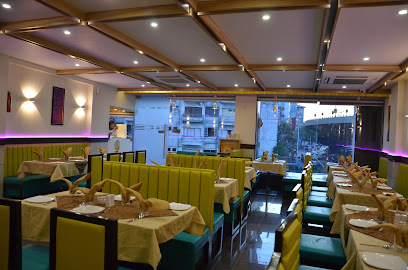
Aangan Restaurant and Cafeteria
Discover the flavors of India at Aangan Restaurant and Cafeteria, where Punjabi, Chinese, and Continental dishes come together in a cozy setting.
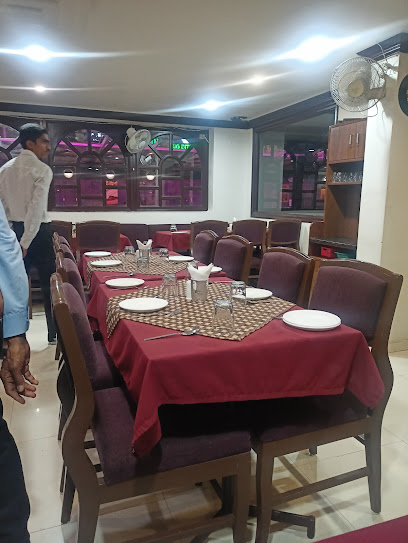
Cloud 3 Disco Lounge
Discover the vibrant nightlife of Vadodara at Cloud 3 Disco Lounge, where great drinks and music come together for an unforgettable experience.
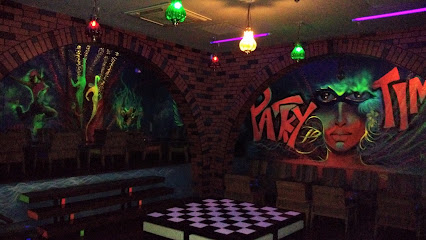
Crazy About China
Discover the essence of Chinese cuisine at Crazy About China in Vadodara's Seven Seas Mall, where fast food meets authentic flavors.
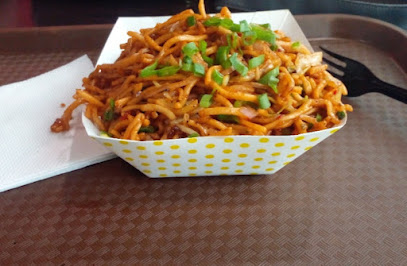
Bistro Buzz
Experience culinary excellence and a warm atmosphere at Bistro Buzz, Vadodara's premier lounge for relaxation and delightful dining.
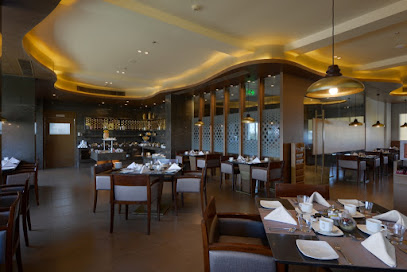
New Era
Experience the vibrant sports culture of Vadodara at New Era, a lively sports bar offering delicious food and thrilling live match screenings.
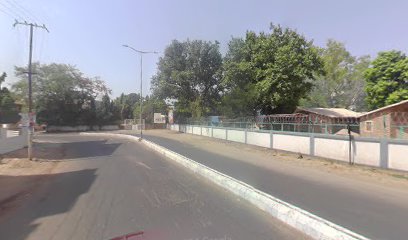
Local Phrases
-
- Helloनमस्ते
[Namaste] - Goodbyeअलविदा
[Alvida] - Yesहां
[Haan] - Noनहीं
[Nahi] - Please/You're welcomeकृपया
[Kripaya] - Thank youधन्यवाद
[Dhanyavad] - Excuse me/Sorryमाफ़ कीजिए
[Maaf kijiye] - How are you?आप कैसे हैं?
[Aap kaise hain?] - Fine. And you?ठीक हूँ। और आप?
[Theek hoon. Aur aap?] - Do you speak English?क्या आप अंग्रेज़ी बोलते हैं?
[Kya aap angrezi bolte hain?] - I don't understandमुझे समझ में नहीं आया
[Mujhe samajh mein nahi aaya]
- Helloनमस्ते
-
- I'd like to see the menu, pleaseकृपया मेन्यू दिखाएं
[Kripaya menu dikhayen] - I don't eat meatमैं मांस नहीं खाता
[Main maans nahi khaata] - Cheers!चियर्स!
[Cheers!] - I would like to pay, pleaseकृपया मुझे भुगतान करने दीजिए
[Kripaya mujhe bhugtan karne dijiye]
- I'd like to see the menu, pleaseकृपया मेन्यू दिखाएं
-
- Help!बचाओ!
[Bachao!] - Go away!चले जाओ!
[Chale jao!] - Call the Police!पुलिस को बुलाओ!
[Police ko bulaao!] - Call a doctor!डॉक्टर को बुलाओ!
[Doctor ko bulaao!] - I'm lostमैं खो गया/गई हूँ
[Main kho gaya/gayi hoon] - I'm illमुझे बीमारी है
[Mujhe bimari hai]
- Help!बचाओ!
-
- I'd like to buy...मैं ... खरीदना चाहूंगा/चाहूंगी
[Main ... kharidna chaahunga/chaahoongi] - I'm just lookingमैं सिर्फ देख रहा/रही हूँ
[Main sirf dekh raha/rahi hoon] - How much is it?यह कितने का है?
[Yeh kitne ka hai?] - That's too expensiveयह बहुत महंगा है
[Yeh bahut mehnga hai] - Can you lower the price?क्या आप कीमत कम कर सकते हैं?
[Kya aap keemat kam kar sakte hain?]
- I'd like to buy...मैं ... खरीदना चाहूंगा/चाहूंगी
-
- What time is it?अभी कितने बजे हैं?
[Abhi kitne baje hain?] - It's one o'clockएक बजे हैं
[Ek baje hain] - Half past (10)दस बजे के बाद आधा
[Das baje ke baad aadha] - Morningसुबह
[Subah] - Afternoonदोपहर
[Dopahar] - Eveningशाम
[Shaam] - Yesterdayकल
[Kal] - Todayआज
[Aaj] - Tomorrowकल
[Kal] - 1एक
[Ek] - 2दो
[Do] - 3तीन
[Teen] - 4चार
[Char] - 5पाँच
[Paanch] - 6छे
[Che] - 7सात
[Saath] - 8आठ
[Aath] - 9नौ
[Nau] - 10दस
[Das]
- What time is it?अभी कितने बजे हैं?
-
- Where's a/the...?... कहाँ है?
[... kahan hai?] - What's the address?पता क्या है?
[Pata kya hai?] - Can you show me (on the map)?क्या आप मुझे दिखा सकते हैं (नक्शे पर)?
[Kya aap mujhe dikha sakte hain (naksha par)?] - When's the next (bus)?अगली (बस) कब है?
[Agli (bus) kab hai?] - A ticket (to ....)एक टिकट (... के लिए)
[Ek ticket (... ke liye)]
- Where's a/the...?... कहाँ है?
History of Fatehganj
-
Fatehganj, situated on the outskirts of Vadodara, was initially developed as a suburb during the late 19th century. The establishment of Fatehganj is often attributed to the Sayajirao Gaekwad III, the Maharaja of Baroda, who envisioned expanding the city to accommodate the growing population and industrialization. This area served as a residential zone for government officials and workers, contributing to Vadodara's urban landscape.
-
Fatehganj has historically been a melting pot of cultures, reflecting the diverse communities that have settled here over the years. The neighbourhood is known for its blend of Gujarati traditions and influences from various communities, including the Parsi and Sindhi populations. This cultural amalgamation is evident in the local festivals, cuisine, and architectural styles, showcasing a rich tapestry of heritage that is characteristic of Vadodara as a whole.
-
In the mid-20th century, Fatehganj began to emerge as an educational hub in Vadodara, with the establishment of several prominent schools and colleges. Institutions like the Fatehganj High School and various coaching centers contributed to the neighbourhood's reputation as a center for academic excellence. This focus on education has played a crucial role in shaping the aspirations of the local population, with many residents pursuing higher studies and professional careers.
-
Following India's independence in 1947, Fatehganj underwent significant transformation alongside Vadodara. The establishment of new residential projects and commercial establishments attracted more people to the area. The government’s efforts to improve infrastructure, such as roads and transportation, facilitated the neighbourhood’s growth, making it a sought-after location for families and businesses alike.
-
In recent years, Fatehganj has seen rapid urbanization and development, with new residential complexes, shopping malls, and recreational facilities emerging. The neighbourhood's proximity to the city center and its well-planned layout have made it a desirable place for young professionals and families. Additionally, local markets and eateries continue to thrive, reflecting the dynamic culture of Vadodara while catering to the needs of its growing population.
Fatehganj Essentials
-
Fatehganj is well-connected to other neighbourhoods in Vadodara. You can reach Fatehganj by taking a local bus, auto-rickshaw, or taxi from the Vadodara Railway Station or the central bus terminal. The distance from the railway station is approximately 4 kilometers, and it takes about 15-20 minutes by auto-rickshaw. For those arriving by air, Vadodara Airport is around 7 kilometers away, and taxis or app-based cab services are available for a direct transfer to Fatehganj.
-
Fatehganj is a vibrant neighbourhood that is best explored on foot, especially around the local markets and eateries. For longer distances, local buses and auto-rickshaws are widely available. You can also rent bicycles from local shops, which is a great way to experience the area at your own pace. Be aware that traffic can be congested, especially during peak hours.
-
Fatehganj is generally safe for tourists, but standard precautions should be taken. Avoid walking alone at night in poorly lit areas, and keep your belongings secure, especially in crowded places. While there are no specific high-crime areas targeting tourists, it is advisable to stay vigilant in busier markets and avoid displaying valuable items.
-
In case of an emergency, dial 100 for police assistance or 108 for medical emergencies. Local hospitals and clinics are present in Fatehganj, and it's advisable to have travel insurance that covers medical needs. For minor health issues, pharmacies are available where you can purchase common medications.
-
Fashion: Do dress modestly, especially in religious sites; avoid revealing clothing. Religion: Do respect local customs and traditions; cover your head when entering temples. Public Transport: Do be courteous and offer your seat to the elderly; don't eat or drink on public transport. Greetings: Do greet with a smile and a handshake; don’t use overly casual language. Eating & Drinking: Do try local delicacies and accept food offerings graciously; don't refuse hospitality, as it may be seen as impolite.
-
To experience Fatehganj like a local, visit the bustling Fatehganj market for fresh produce, spices, and handicrafts. Engage with local vendors, as they are often friendly and can share insights about the area. Don’t miss the chance to try street food from trusted stalls; popular items include vada pav and bhaji. Additionally, participating in local festivals can provide a deeper understanding of the culture.
Nearby Cities to Fatehganj
-
Things To Do in Ahmedabad
-
Things To Do in Rajkot
-
Things To Do in Udaipur
-
Things To Do in Nashik
-
Things To Do in Aurangabad
-
Things To Do in Mumbai
-
Things To Do in Pune
-
Things To Do in Jodhpur
-
Things To Do in Bhopal
-
Things To Do in Pushkar
-
Things To Do in Ranthambore
-
Things To Do in Jaisalmer
-
Things To Do in Jaipur
-
Things To Do in Hyderabad
-
Things To Do in Nagpur







